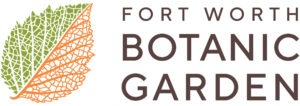Eclipse in the Garden: Recapping Community Science Involvement
Last updated 19 April 2024 History of Eclipses Eclipses have captivated humanity for millennia, with records of their observation and prediction stretching back thousands of years. The term ‘eclipse’ originates from the Greek word ekleípō, meaning to forsake a usual place or failing to appear. Among the earliest documented evidence of this fascination are inscriptions […]
2022 Research & Conservation Intern Experiences
In the Summer of 2022, Ulysses Oles, Lezlie Dominguez, Basil Gaffney, and Sarah Butler were Research/Collections interns & Avery Craddock was a Conservation intern. Below are their experiences and stories from their time with us. Ulysses Oles I am about to start my first semester of grad school. My experience going into the internship was […]
How to Create a Moist Chamber Culture to View the Biodiversity Growing on Live Tree Bark
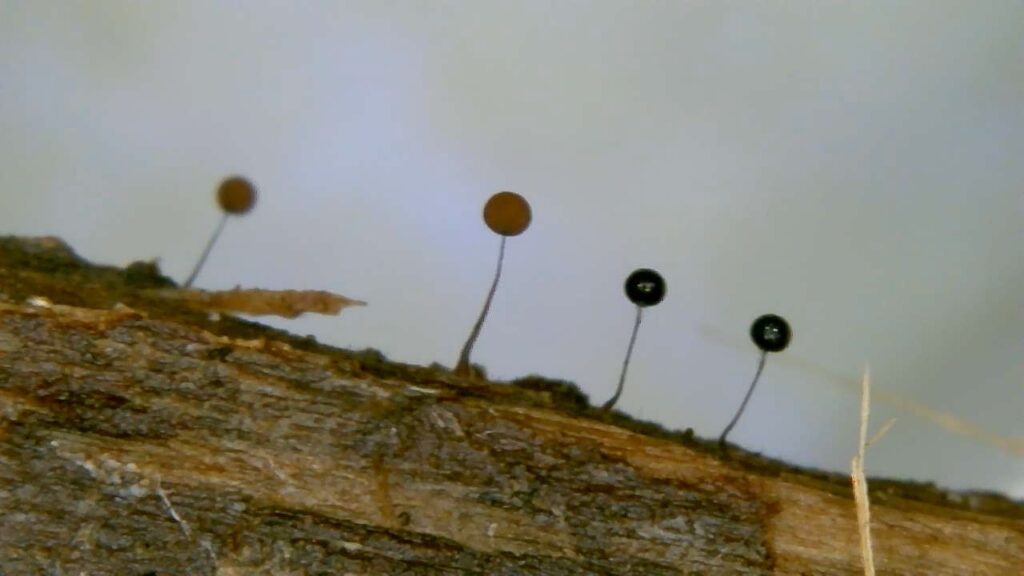
You don’t need to be a professional to do this experiment. Our own researchers in the Fungi, Myxomycetes, and Trees Research Program use this same technique to observe and discover new species of fungi, myxomycetes, and more! The short video below will give you an idea of what the procedure entails. For more detailed information, […]
National DNA Day

A Peek Inside Sumner Lab on National DNA Day Lab Volunteer, Jerrod Stone, shares his experience and the latest projects April 26th is National DNA Day! Researchers have been busily prepping the Sumner Lab since its opening in January 2019. As key instruments and materials began to fall into place, everyone was eager to get […]
Researchers Highlight the Importance of Urban Trees with New Species Discoveries
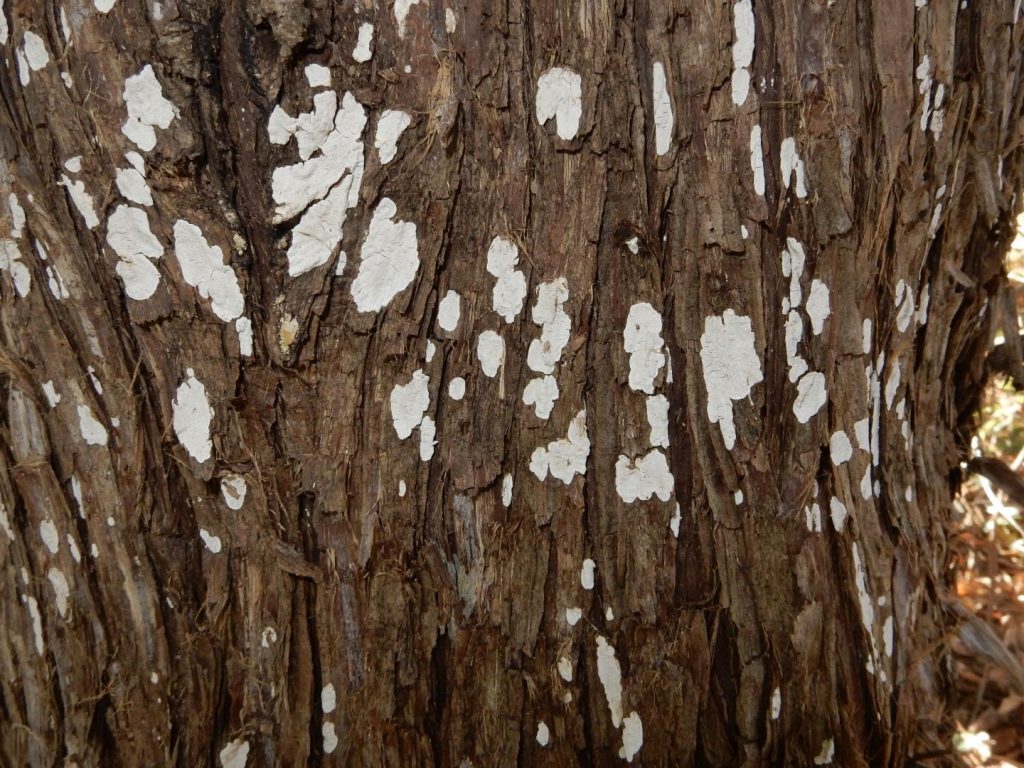
Researchers at FWBG | BRIT Highlight the Importance of Urban Trees with New Species Discoveries The urban environment is much more diverse than some might suspect. We share our space on planet earth and in urban areas with all kinds of animals, plants, and insects. Even in the heart of a concrete downtown area, life […]
Encounters with Plants that BITE!
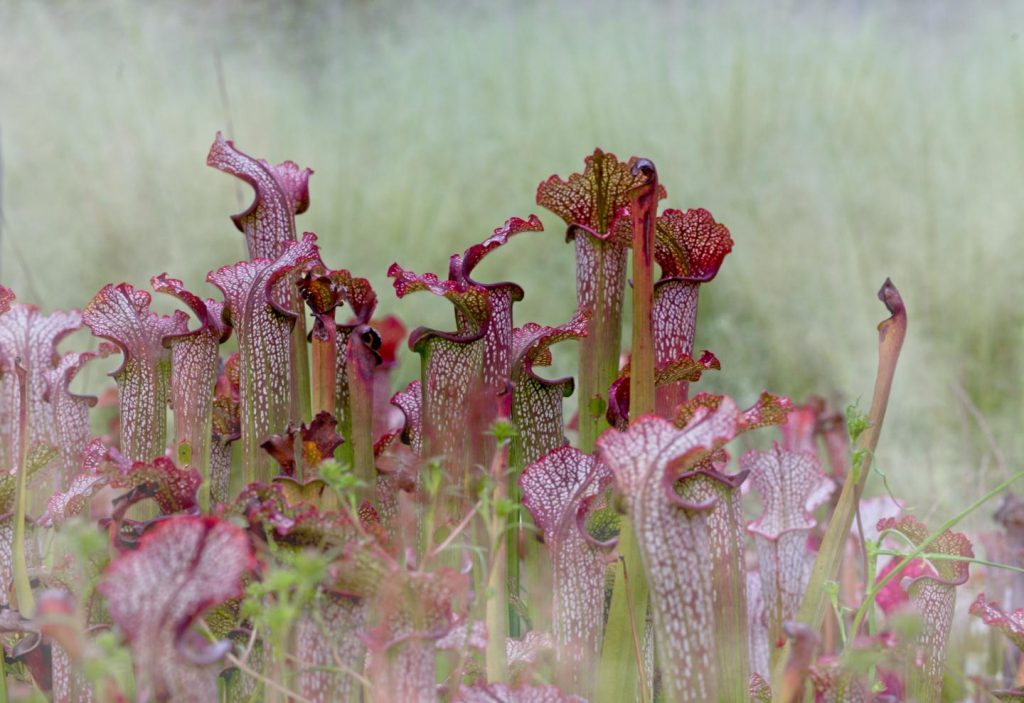
In late 2018, the BRIT Philecology Herbarium received funds from the National Science Foundation Grant: “Endless Forms most beautiful and most wonderful” to digitize collections of species across 15 plant families that have unique adaptations and morphologies. These plants may live in extreme and highly specific environments that face elevated risks of extinction in the rapidly […]
Will the real four-leaf clover please stand up?!
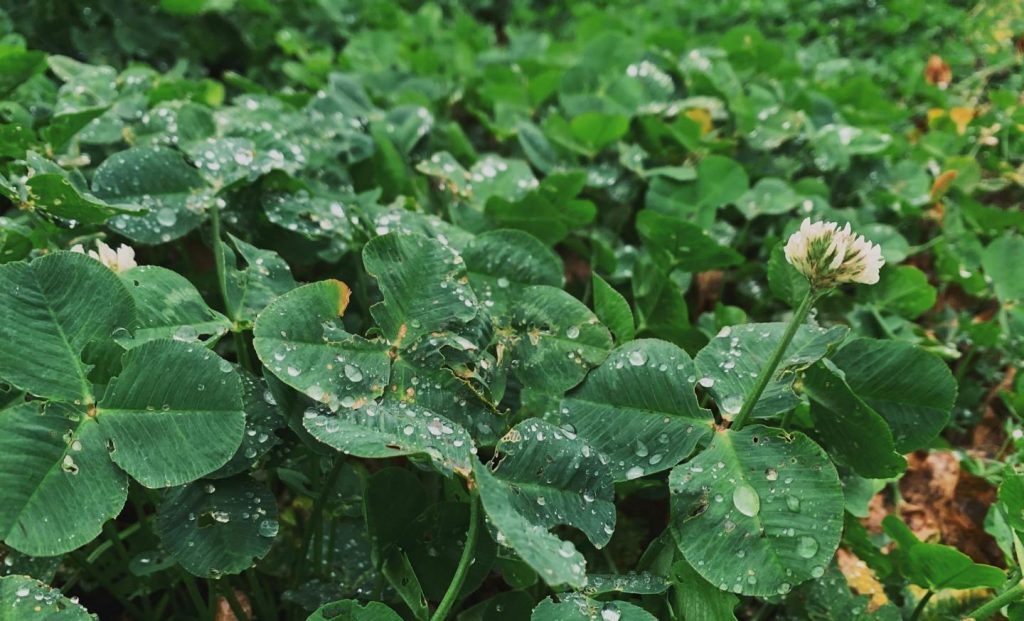
There are many plant species bearing the iconic clover look in the Dallas-Fort Worth Metroplex. The true lucky clover is believed to be the white clover of the legume family – Trifolium repens. Although Trifolium is derived from the Latin words tres (three) and folium (leaf), a unique genetic mutation causes some plants to grow an additional leaflet! A simple Google search […]
(En)TADA! The herbarium holds specimens of the LONGEST legumes in the world
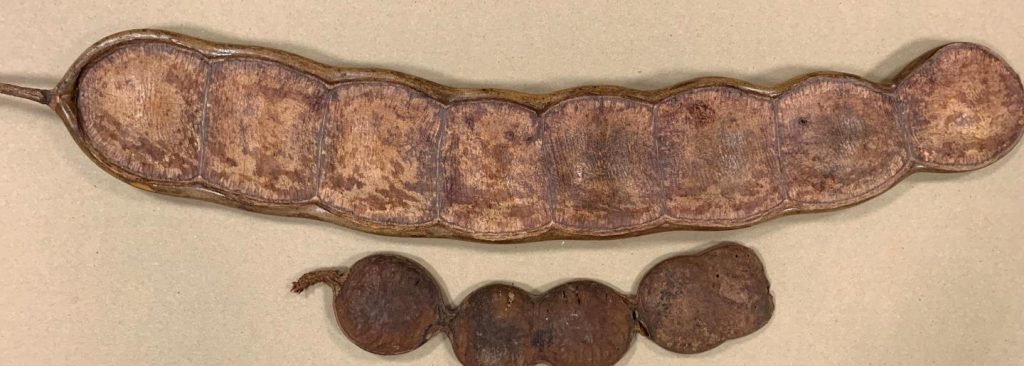
The BRIT Philecology Herbarium is composed of a melting pot of several orphaned collections across the south and southeast. In addition to those large collections, we also receive specimens through active exchange programs with more than one hundred herbaria across the world. Each of our large collections – BRIT/SMU (Southern Methodist University), VDB (Vanderbilt), and NLU […]
Rows (and Rose) of Wood!

This summer the BRIT Herbarium began investigating and curating a unique collection of specimens comprised mostly from the Houston Public Museum (HPM) (now known as the Houston Museum of Natural History) collection acquired in 2001. In addition to the 10,000 sheets of herbarium specimens, HPM donated its microscope slides, glass photographic slides, and a wood collection – or xylarium. […]
All Sealed Up

One of the first steps in curating the NLU collection is ensuring its security. Herbarium specimens are vulnerable to damage from light, bugs, rodents, dust, and water. The metal cabinets used to store herbarium specimens are designed to protect from these damaging elements conveniently and easily – but only if they are in good shape and sealed airtight. […]
